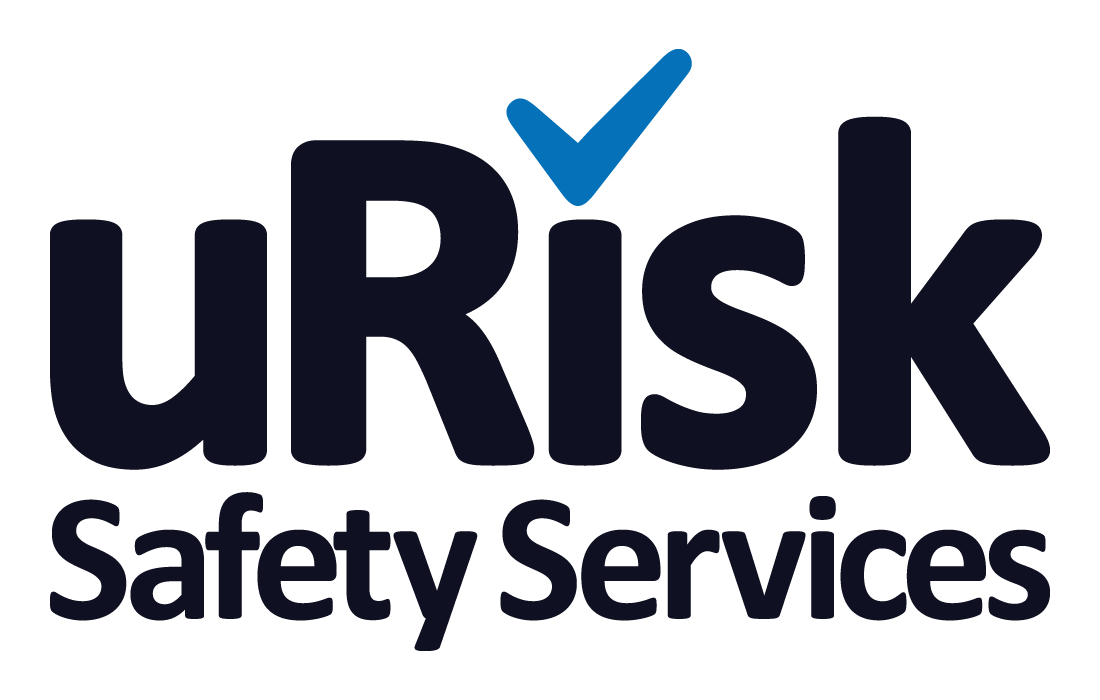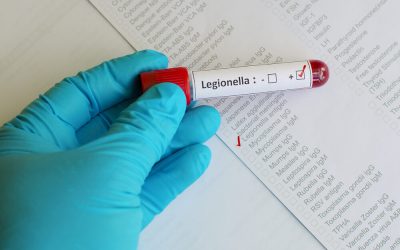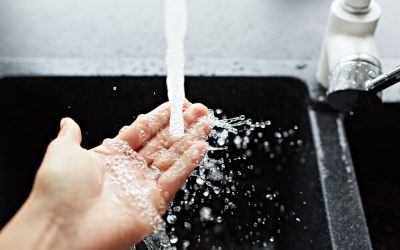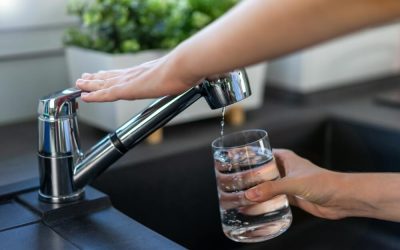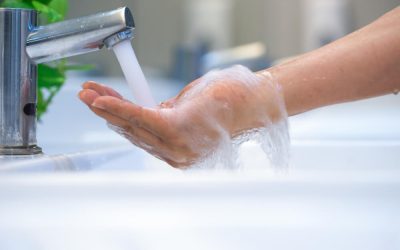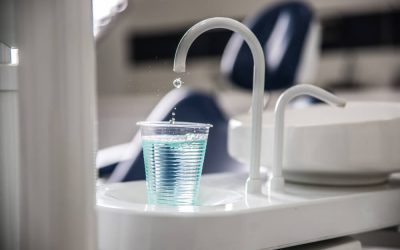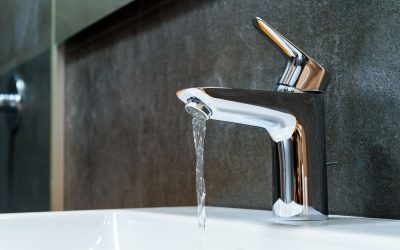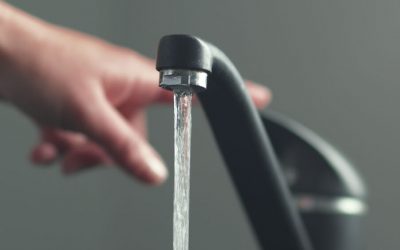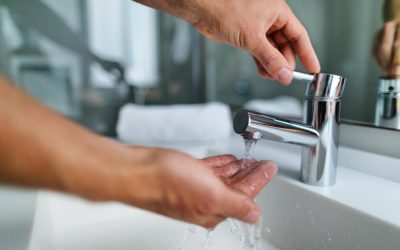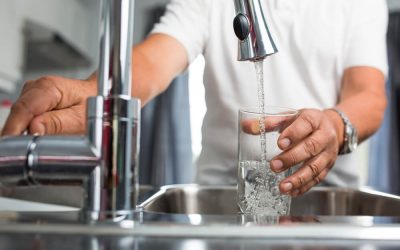What are the legionella testing requirements in the UK?
Under the Health and Safety at Work etc Act 1974 (HSWA), the UK’s health and safety law, it is the...
What Is a Legionella Risk Assessment?
A legionella risk assessment is a vital part of an employer’s duty of care under the Health and...
Looking for Online Legionella Training Courses?
Legionella awareness training is a key part of health and safety compliance requirements. Under...
How Often Should a Legionella Risk Assessment Be Reviewed?
The question of how often should a legionella risk assessment be reviewed is one we frequently get...
How Do You Test Water For Legionella?
Testing your water for legionella bacteria is an important part of legionella risk management. As...
Looking For a Care Home Health and Safety Risk Assessment?
Health and safety in care homes and nursing homes is paramount. In addition to being part of any...
Is Legionella Testing a Legal Requirement for Dental Surgeries?
It is a requirement under the Health & Safety at Work etc Act (1974) that employers have a...
What are the Health and Safety Rules for Restaurants?
The health and safety rules for restaurants state that you, or a responsible person, need to take...
Water Softener Service and Repairs in 2023
In hard water areas, water softeners are an essential element in keeping machinery and equipment...
Why You Need a Veterinary Practice Legionella Risk Assessment
In your veterinary practice, the health and safety of your clients is as important as the health...
Legionella Health And Safety In Hotels
Health and safety in hotels is paramount. All hotels depend on their guests having an enjoyable...
Do Landlords Have To Test For Legionella?
It is a health and safety requirement that landlords must take steps to protect their tenants from...
